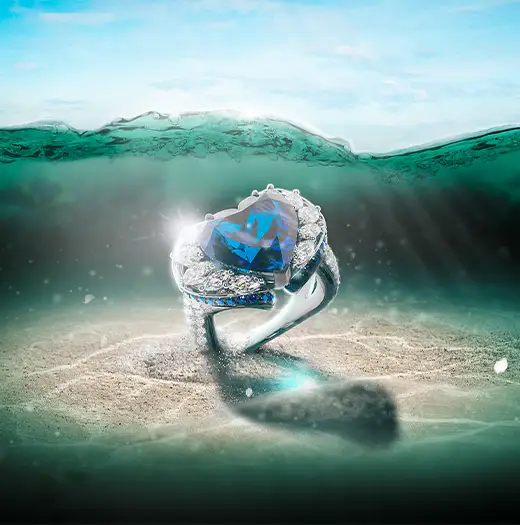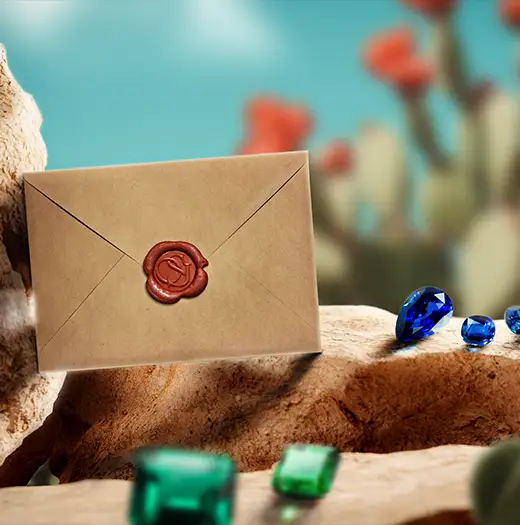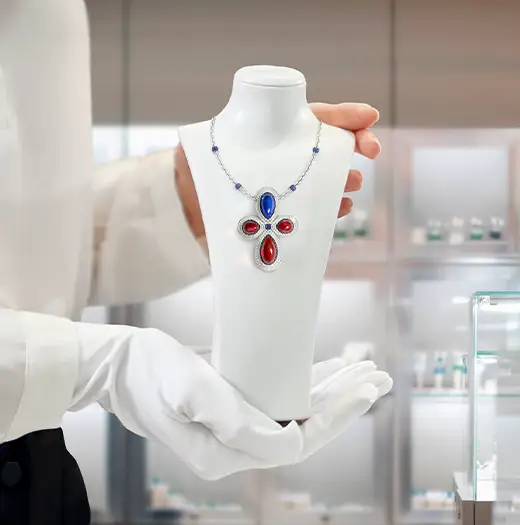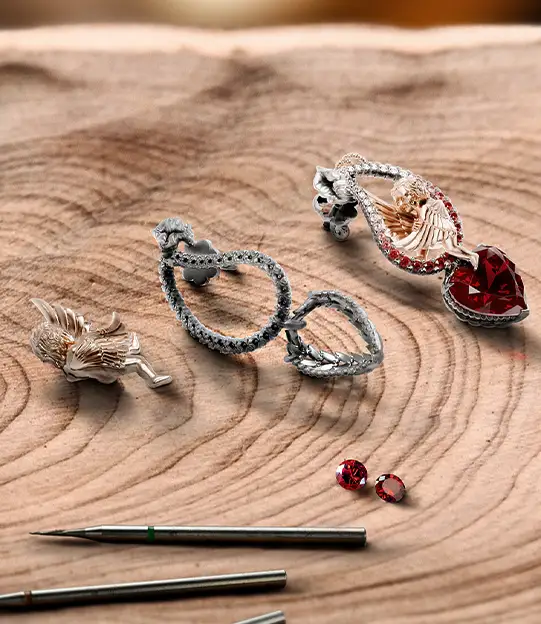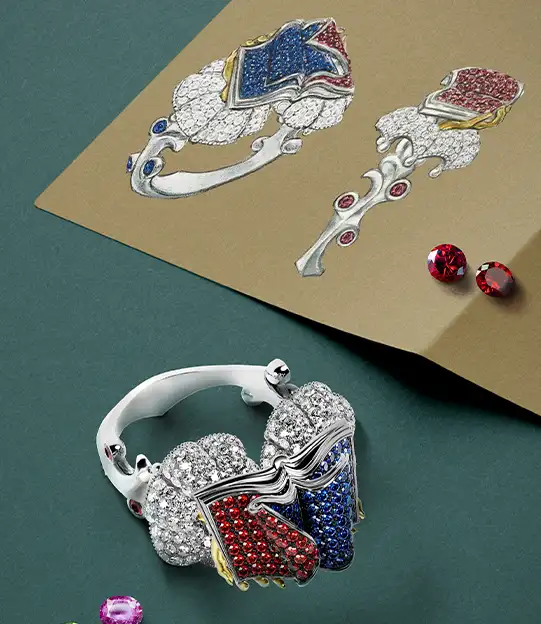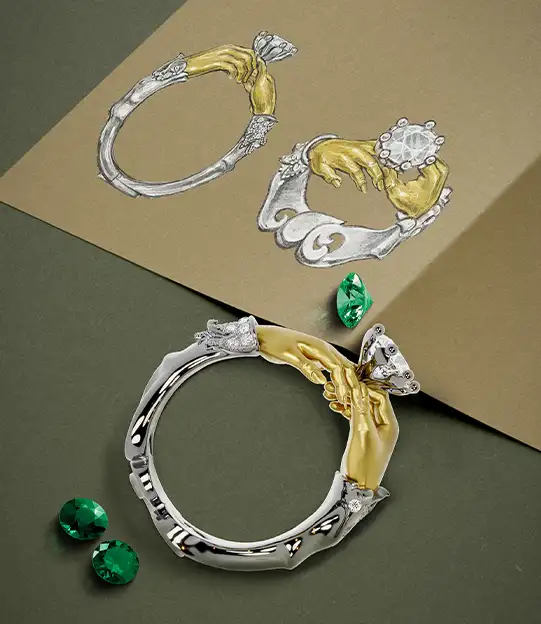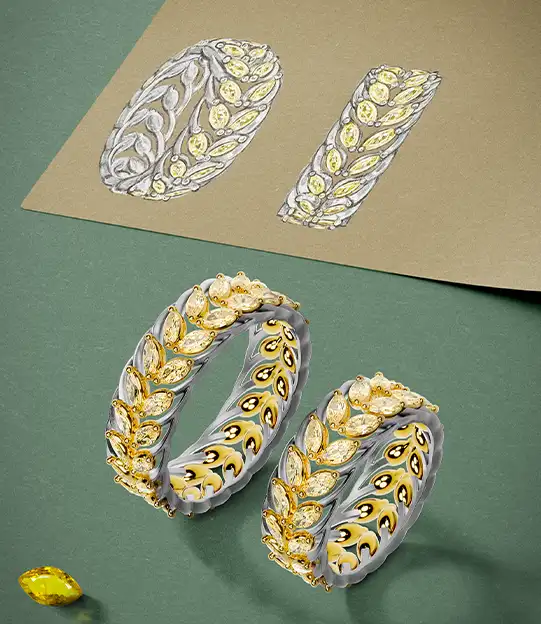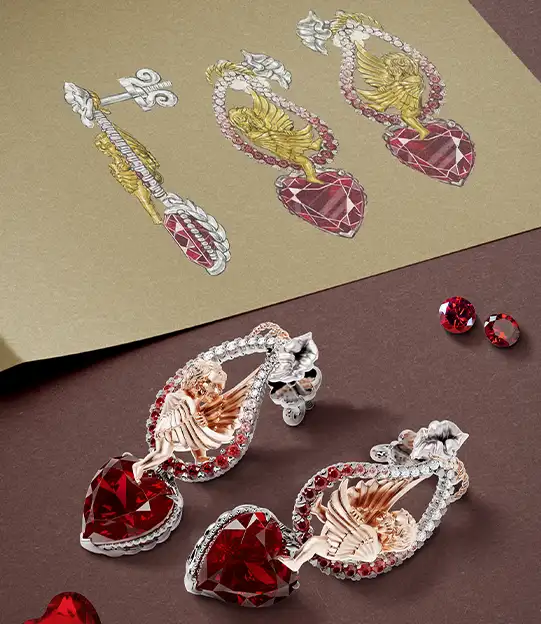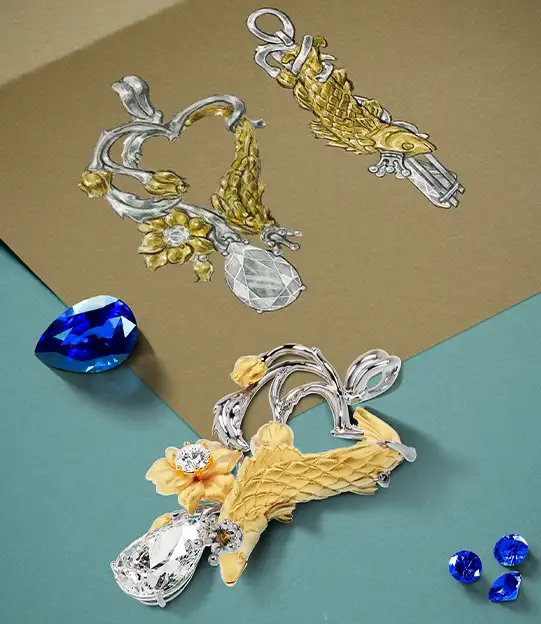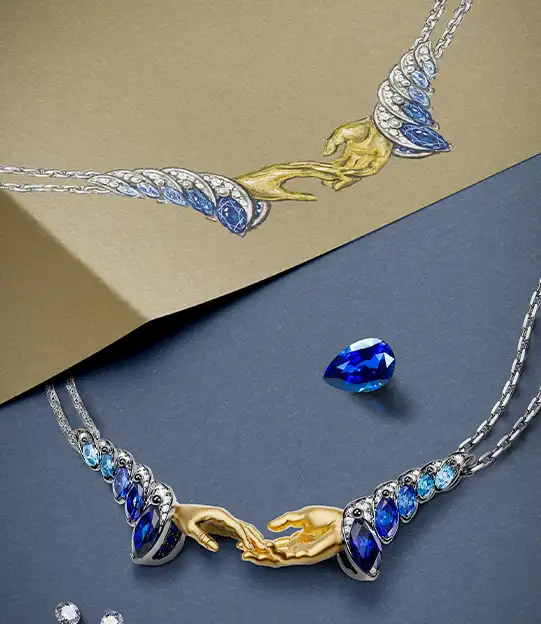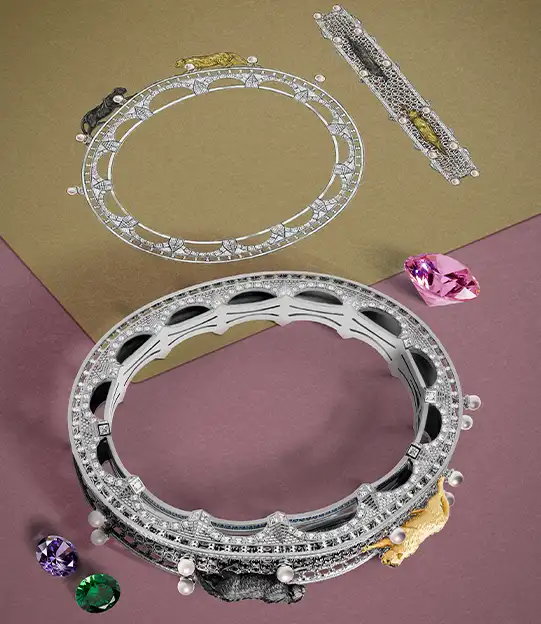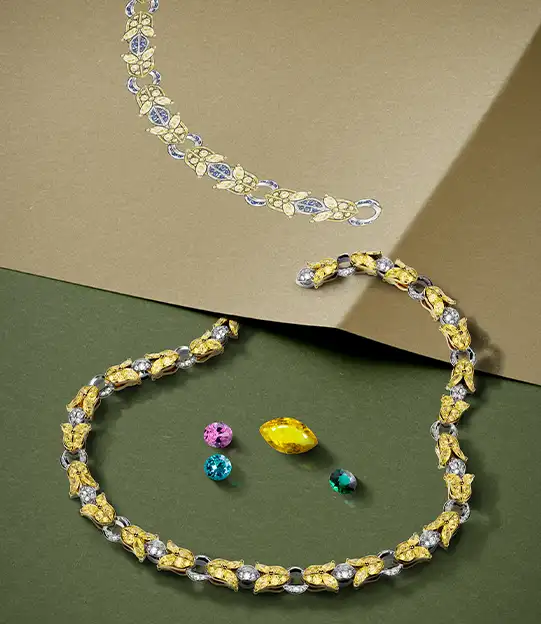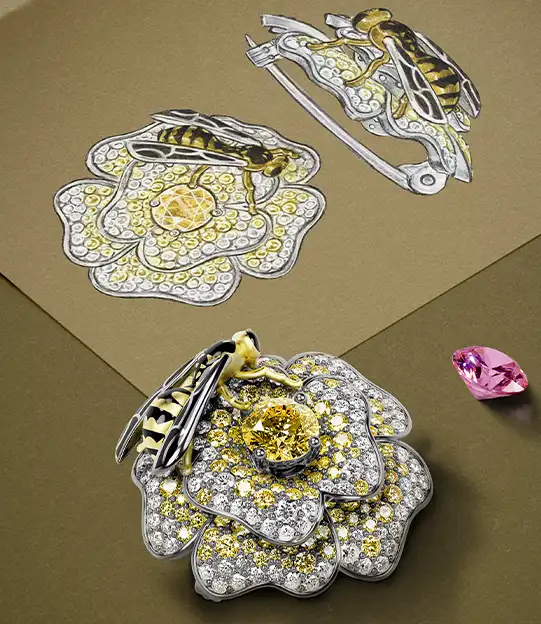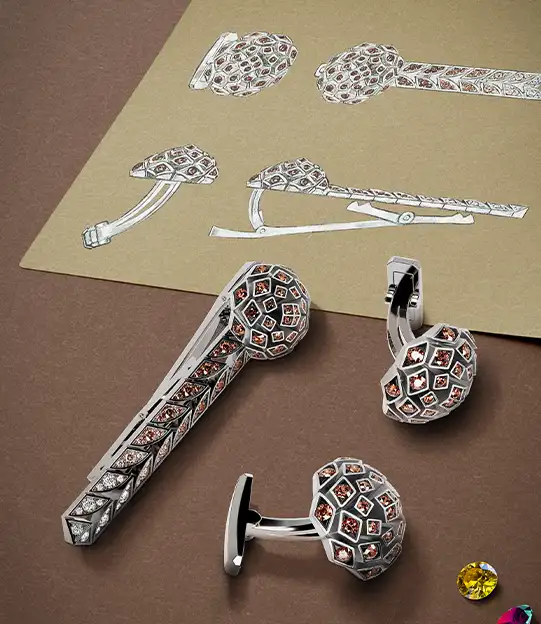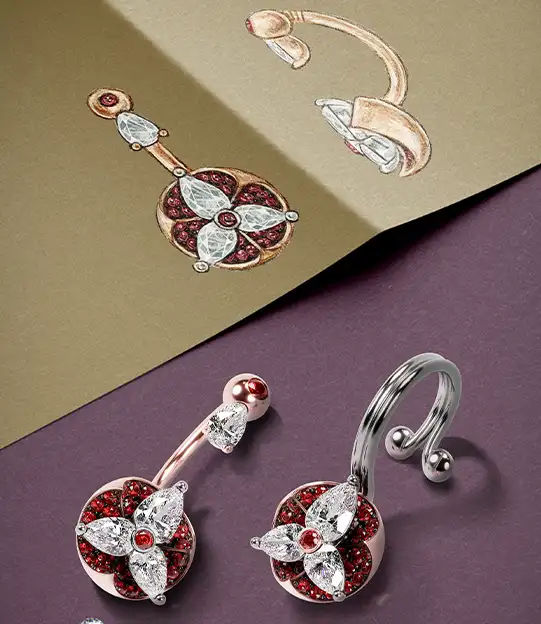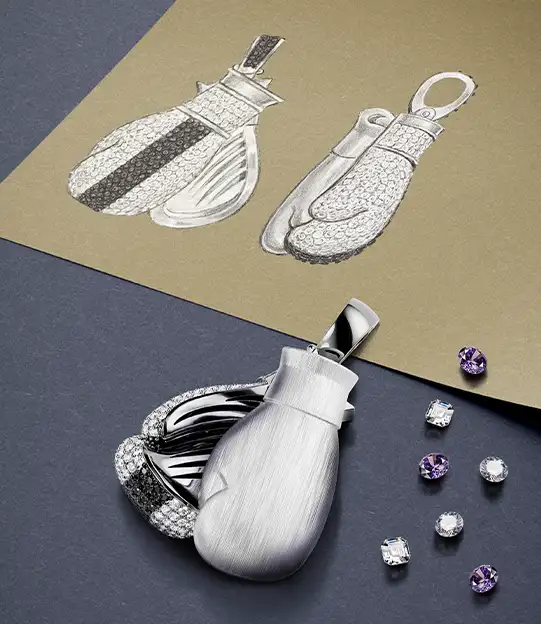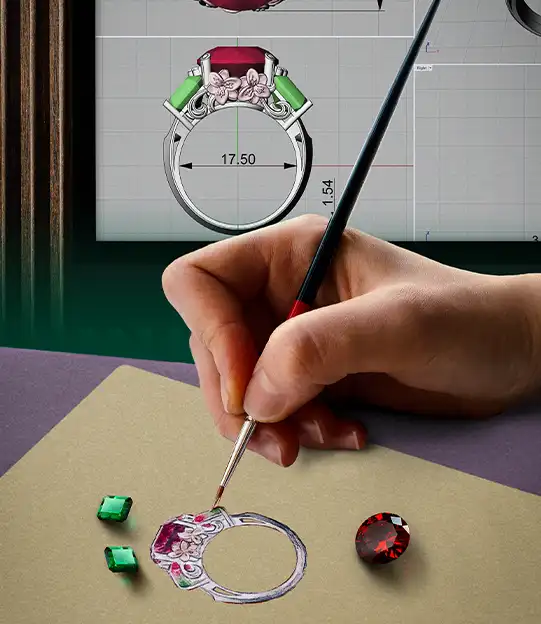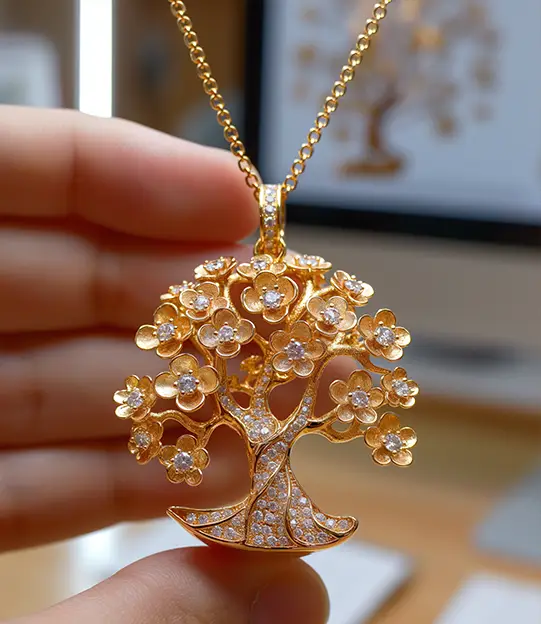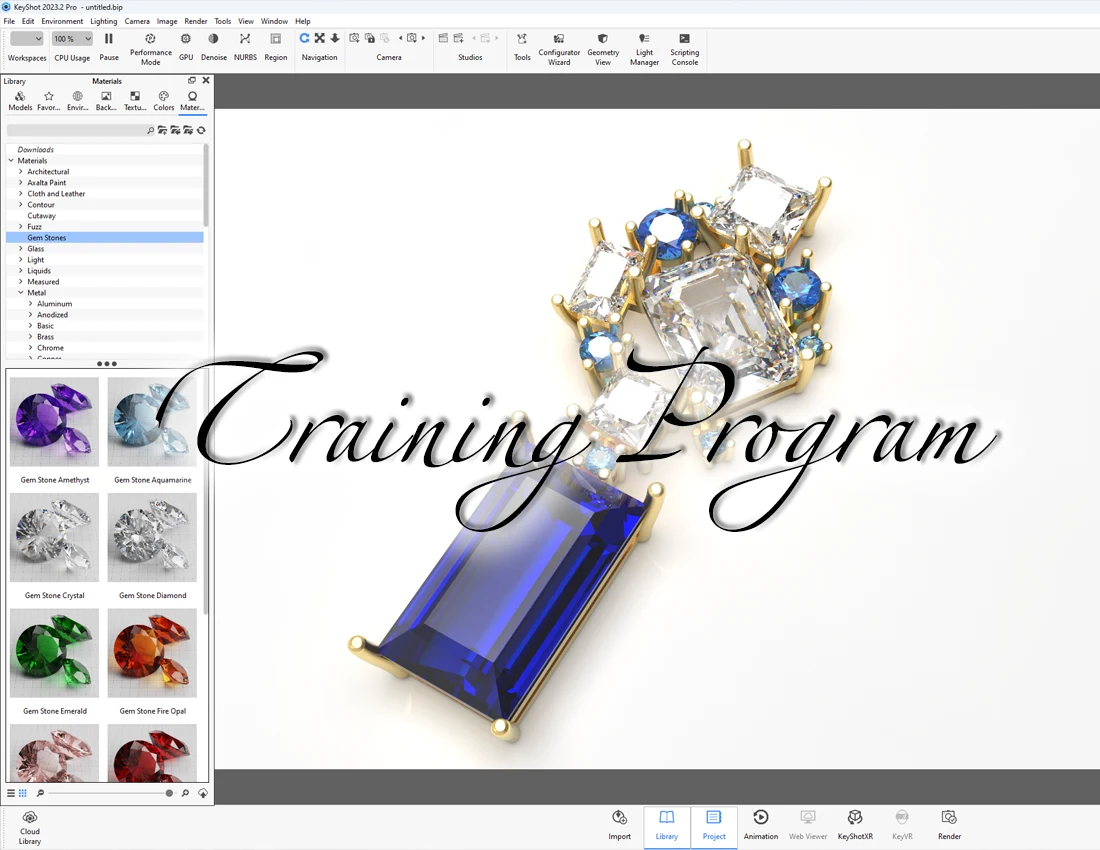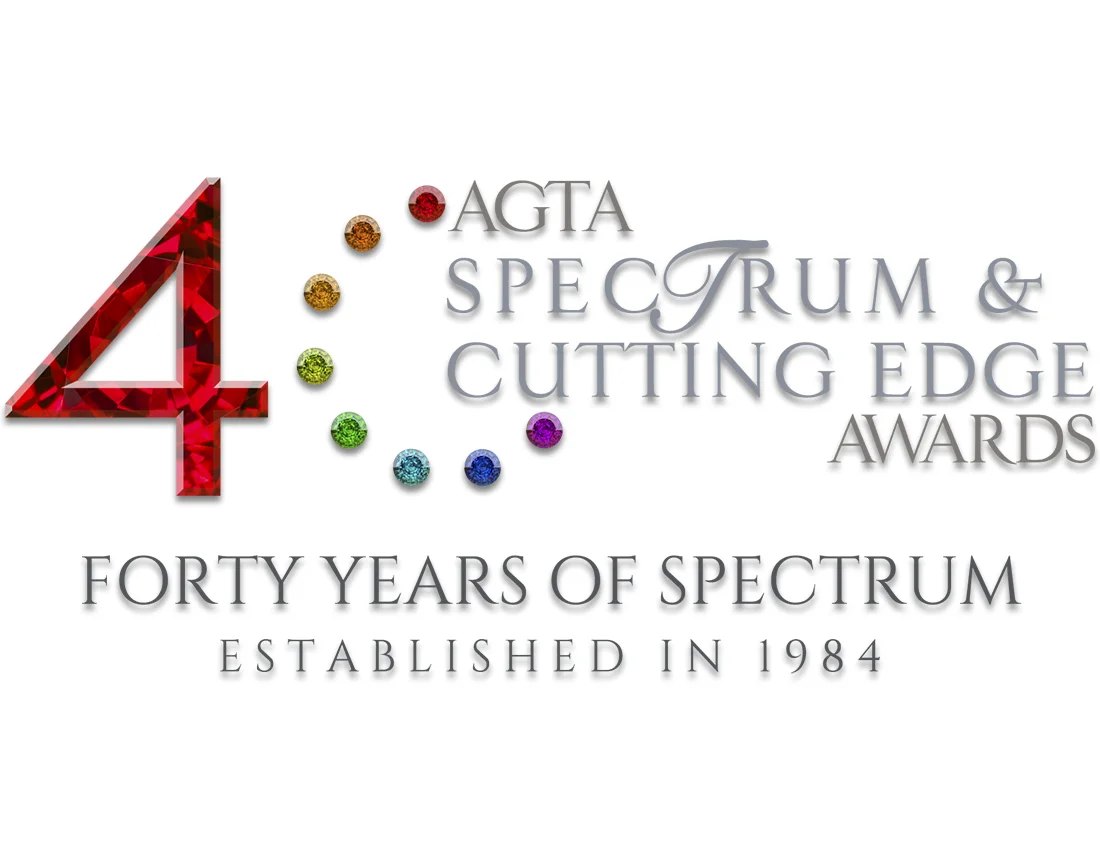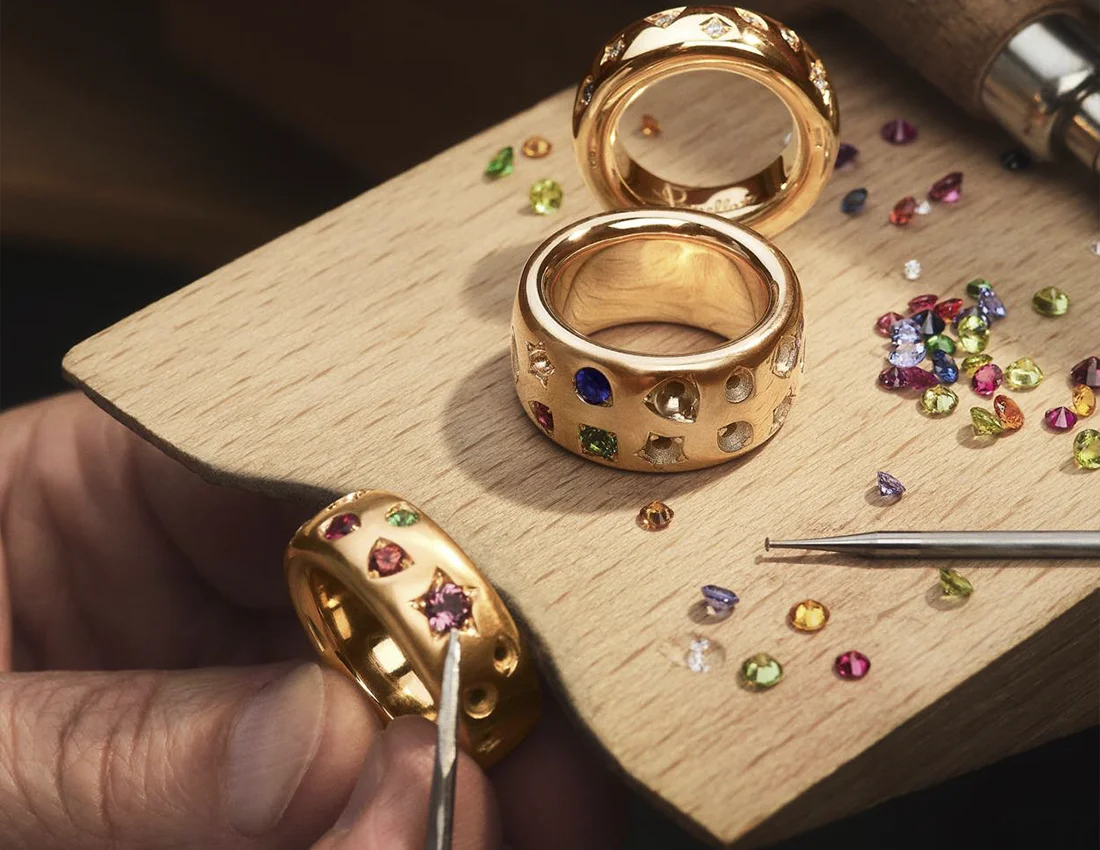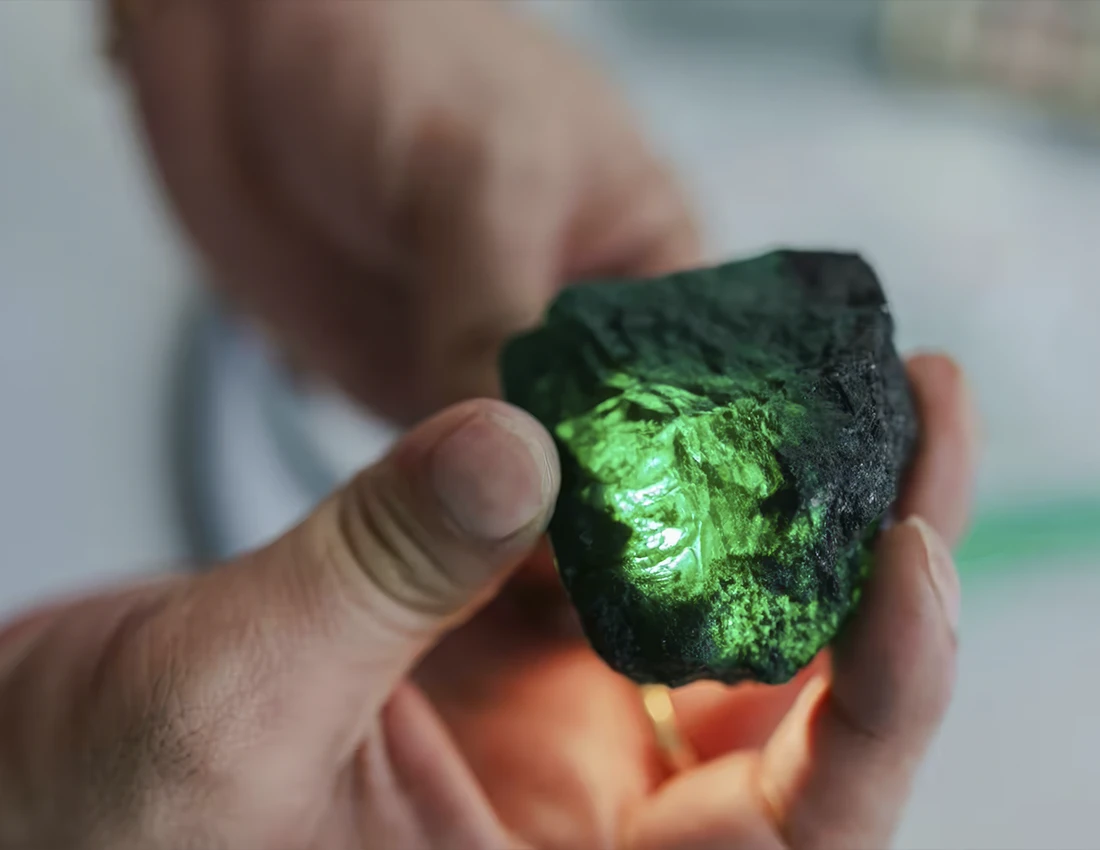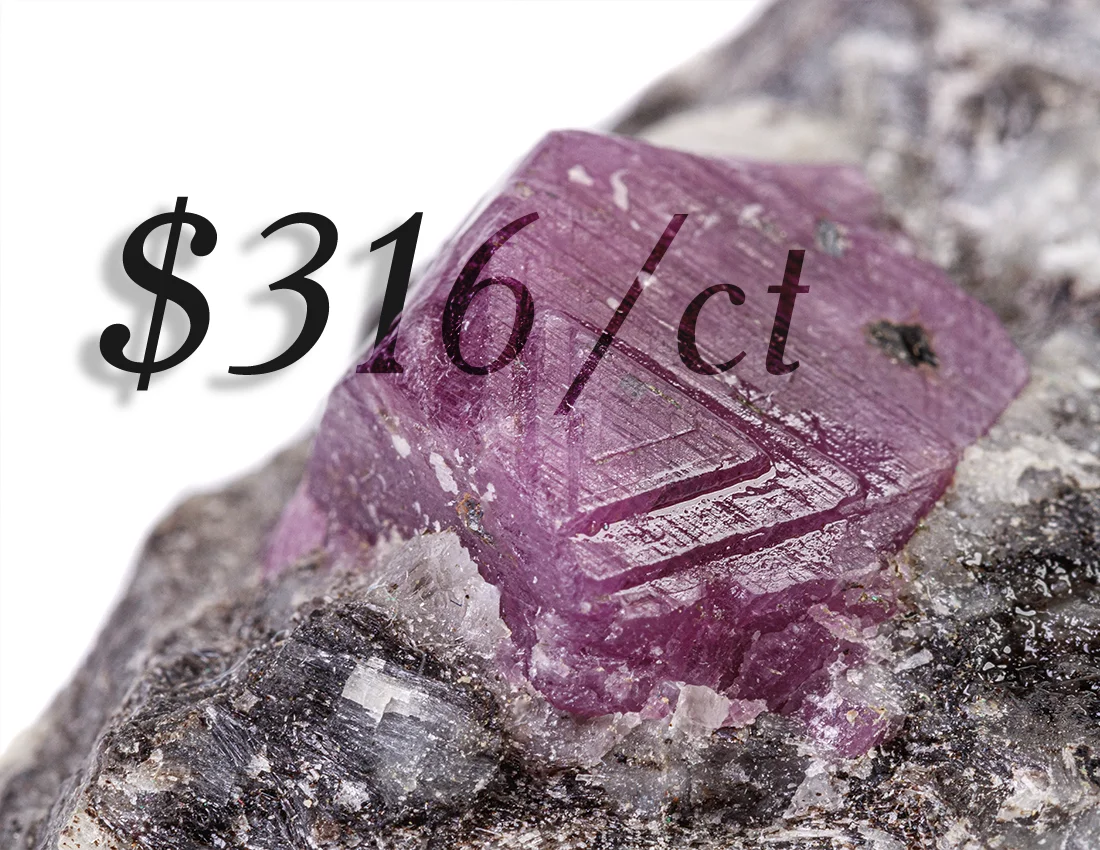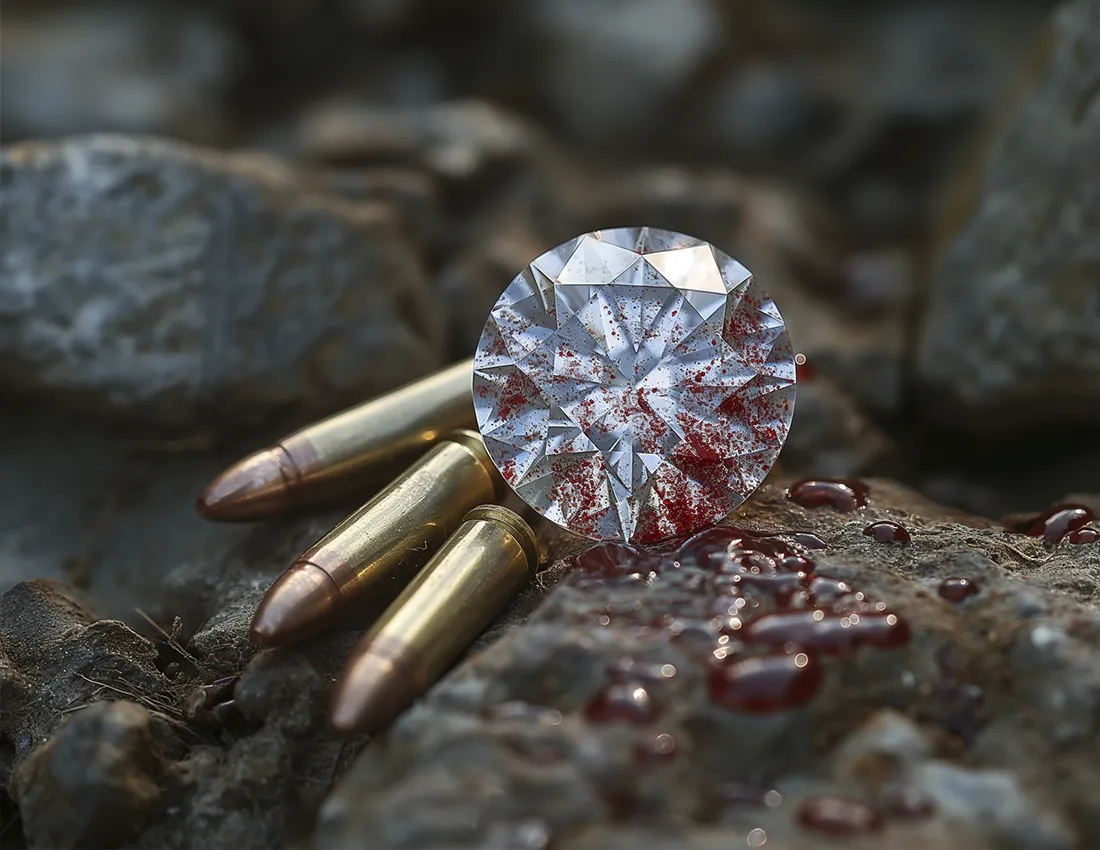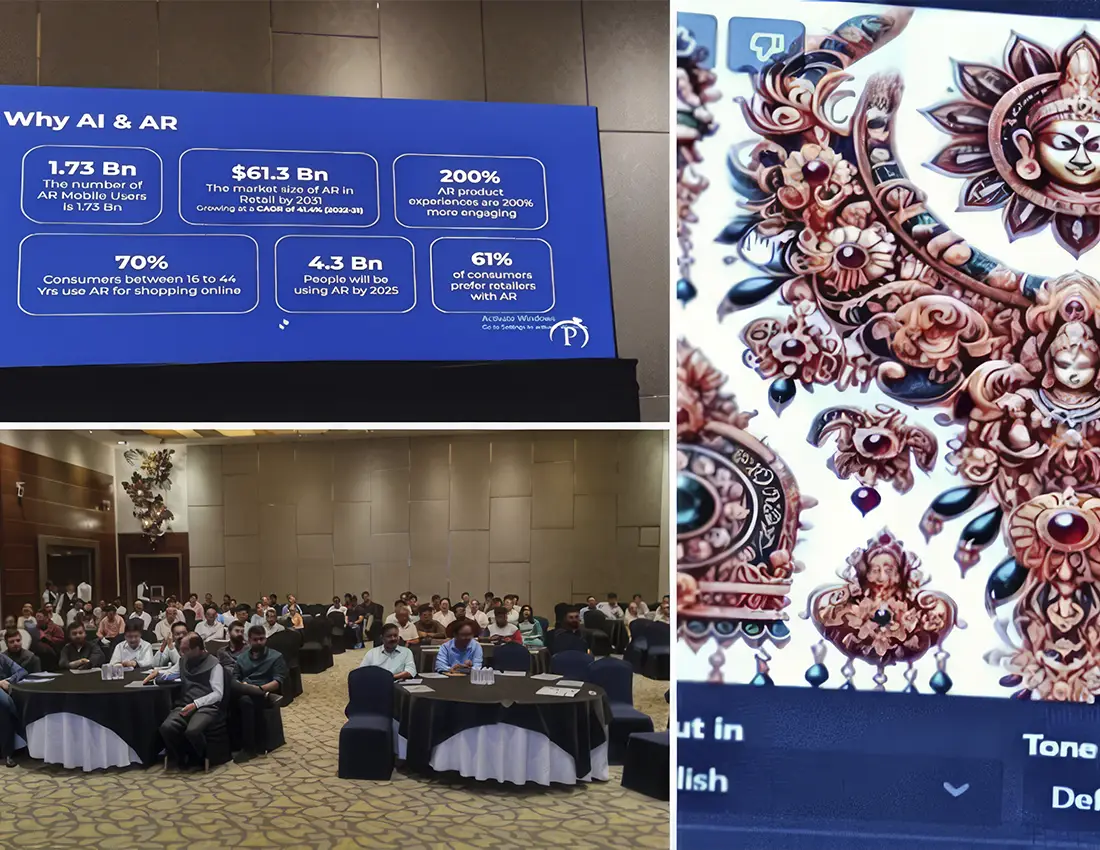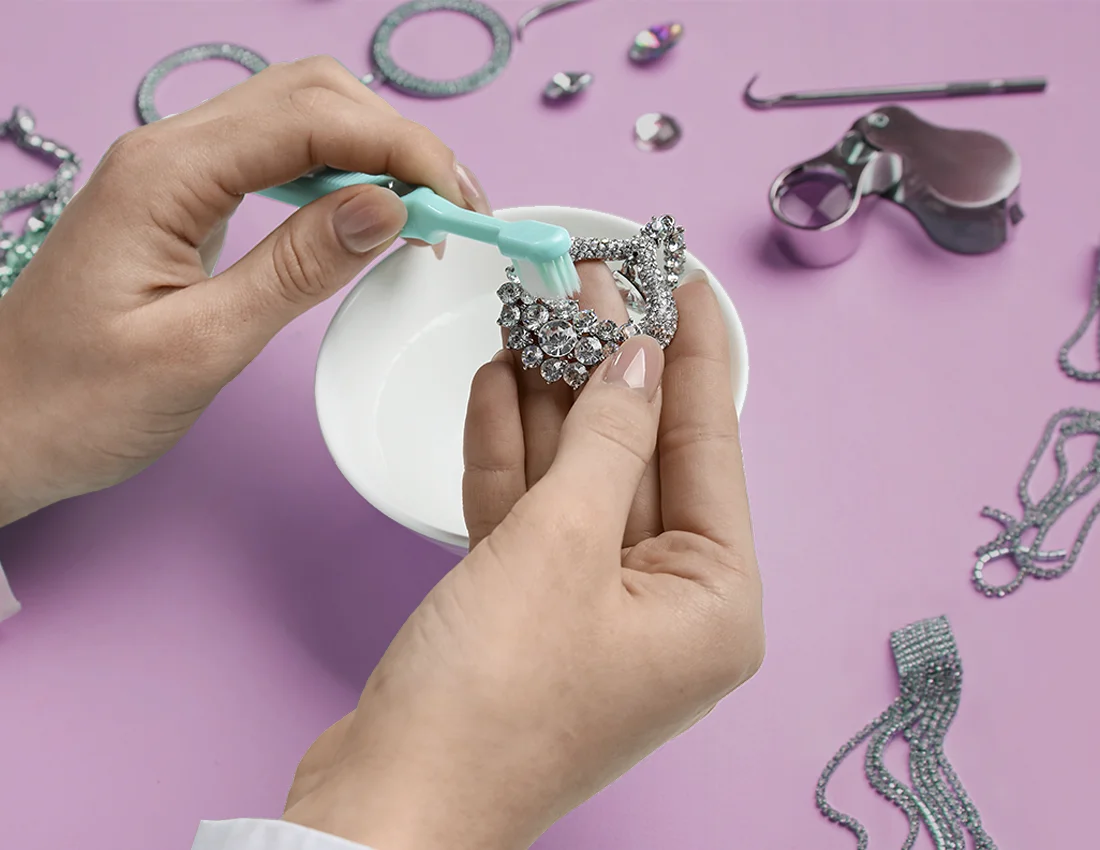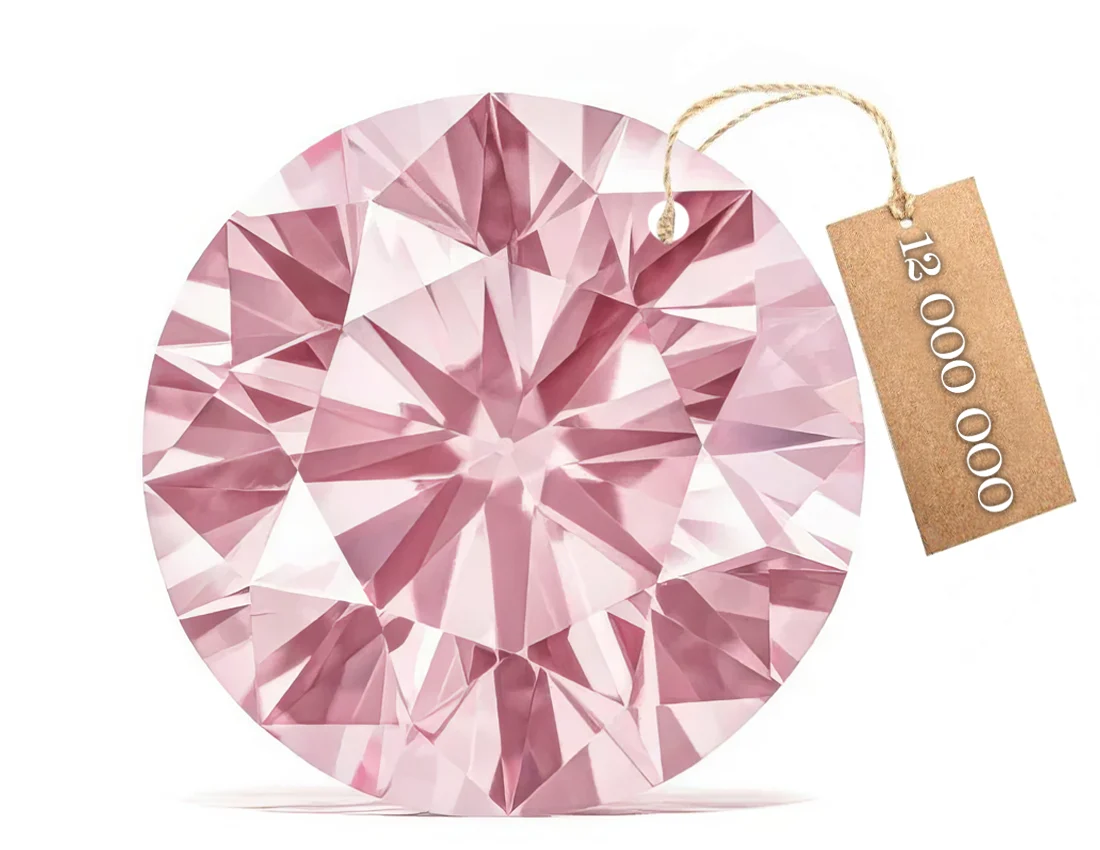Innovative CAD rendering courses from GJEPC and IIGJ brought together jewelry design instructors and students from May 27 to 31, 2024. The main focus of the course was rendering 3D jewelry designs in KeyShot. The participants went through 40 hours of online instructions via Zoom and were additionally supported by tutors through a WhatsApp chat. The online sessions constituted half of the curriculum (five four-hour sessions, that is, 20 hours in total), while another half of the program was dedicated to self-study.
Some of the specific topics featured in the course included creating true-to-life color renderings. Particular attention was given to cutting-edge editing techniques for rendering diamond and gold designs. Just so you know, the latter featured eighteen golden shades to create the most detailed gold jewelry renderings. Another point of focus was working on true-to-life animations and tweaking with light sources. The main purpose of mastering these skills is to present the design in the most favorable light and from the best possible angle. Creating aesthetic realistic 3D models requires mastering the concept of perspective, learning about jewelry materials and textures, as well as delving into all the features of computer-aided design software. To increase the program’s efficiency, it’s also important to learn how to use plugins and external sources that can be integrated into KeyShot. This was yet another topic of jewelry design tutorials that were held via Zoom.
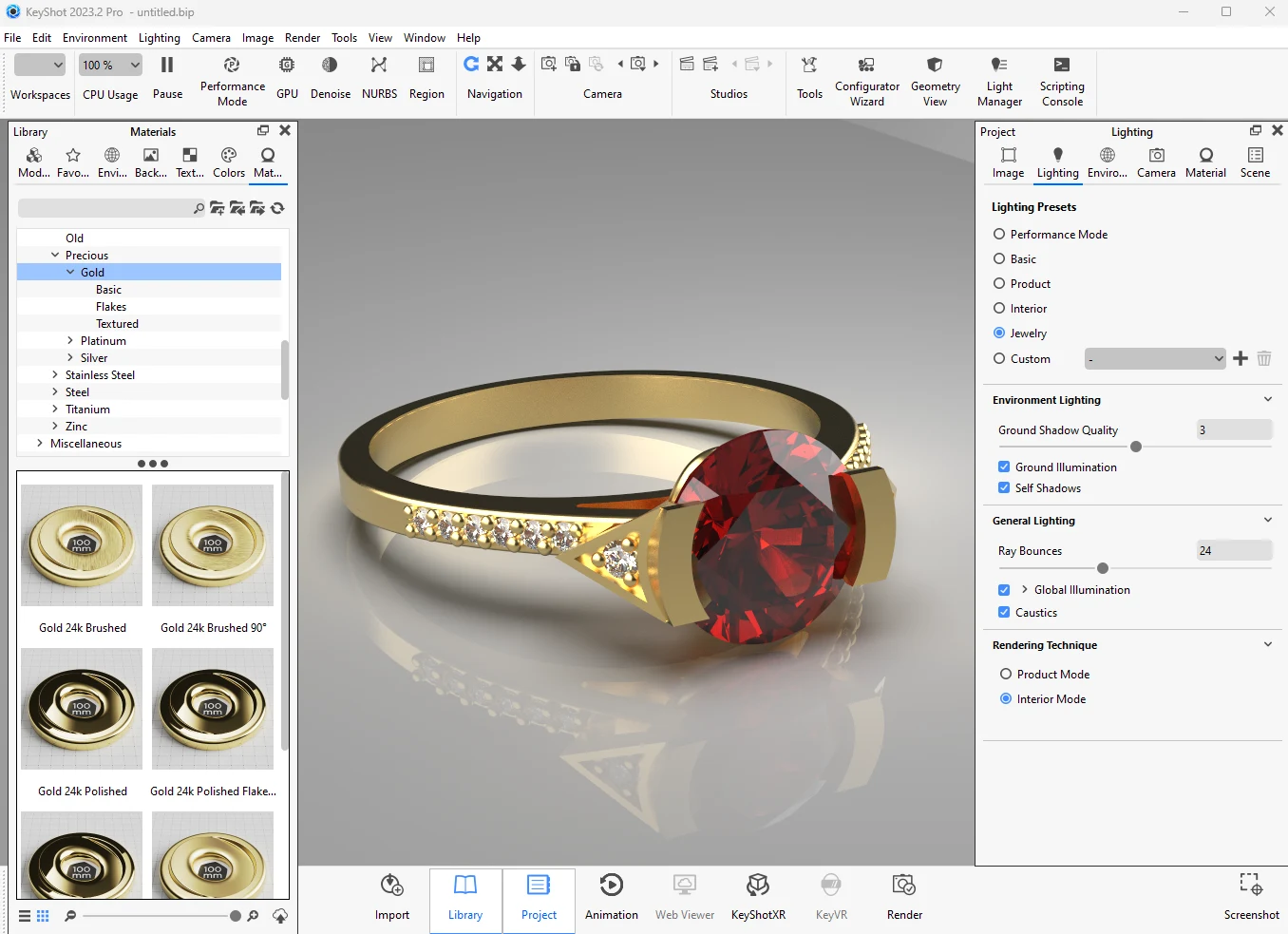
Most of the participants have highly rated the courses. This time, it was the students who were giving their instructors straight A’s. Along with the excellent feedback, participants have left several valuable suggestions on more efficient ways to organize their studies. For example, several people have stated that they didn’t have enough time to finish their projects as the course was too fast-paced. We can’t blame them, as many jewelry designers are utter perfectionists. Others voiced their opinions about online education versus in-person training, deeming the latter one more effective. With this being said, the instructors have gracefully received both praise and criticism and will take participants’ suggestions into proper consideration when teaching the same course again to different students.
Based on students’ feedback and teachers’ own initiative, the courses may be extended in the future to cover some specific topics with more depth. Also, the instructors may change their scheduling and increase the frequency of courses to make sure students always stay on top of cutting-edge design technology. It’s possible that once the courses have a dedicated audience, they will be held partially in-person and include some follow-up tutorials.
It’s important that GJEPC and IIGJ Udipi continue this teaching initiative, as it helps many participants from around the globe to improve their CAD modeling skills and deliver superb custom jewelry designs. Mastering such skills will give these professionals an edge in today’s demanding jewelry industry environment and ensure their competitiveness.

